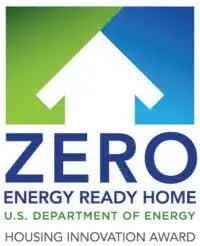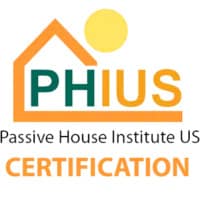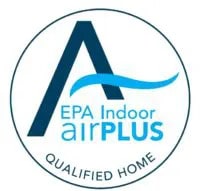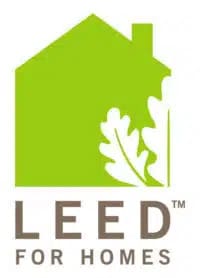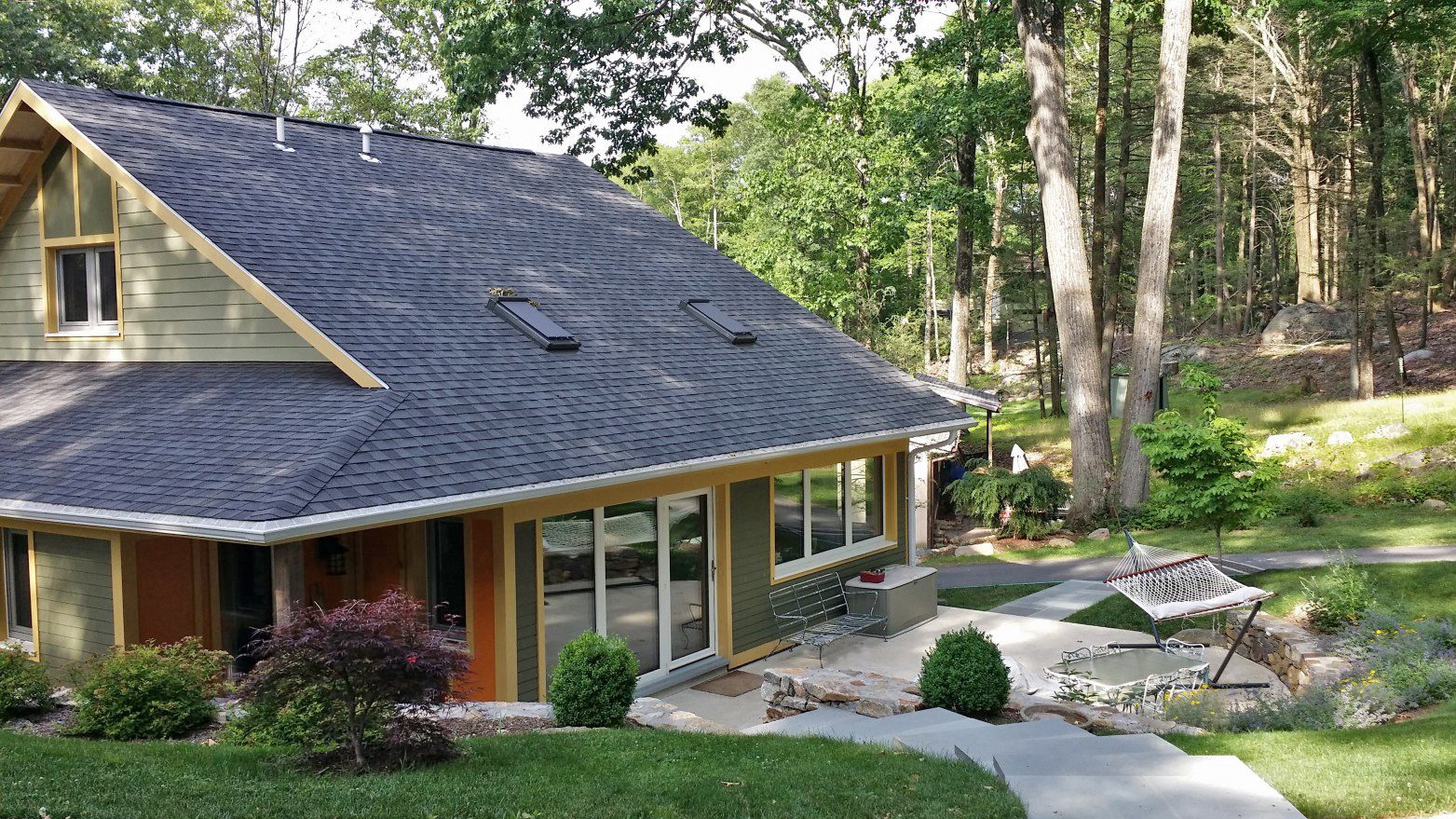
Wildfire season is no longer a regional concern — it’s a national health threat. As smoke drifts east from Canada and the western U.S., cities hundreds or even thousands of miles away are now experiencing hazardous air quality days.
It’s not just a nuisance. It’s an invisible invasion of your lungs, with real, measurable health consequences. And here’s the most urgent part: if your home isn’t designed for air quality resilience, it could be letting that threat inside.
What’s in Wildfire Smoke — and Why It’s So Dangerous
That haze in the sky is more than just reduced visibility. Wildfire smoke contains microscopic particulates (often referred to as PM2.5) that can penetrate deep into your respiratory system, enter your bloodstream, cross the blood brain barrier and cause or exacerbate serious health issues. This includes:
- Asthma flare-ups
- Cardiovascular stress
- Reduced lung function
- Increased risk of stroke and heart attack
- Impaired cognitive performance and sleep disruption
The most vulnerable—children, elders, and those with pre-existing conditions—are at the highest risk. But the truth is, it negatively affects everyone.
Your Home Should Be a Clean-Air Refuge
When the air outside becomes harmful, your home should act as a barrier, not a sieve. Unfortunately, most homes aren’t built with air quality in mind. At BPC, we’ve made it our mission to change that.
Here’s how we design homes that actively protect your health—especially during smoke season:
- Airtight Construction: We build homes with a continuous air control layer, minimizing infiltration through leaks, gaps, or poor detailing. This prevents smoky air from slipping through walls, attics, or crawl spaces. (Want to know more? Read our related post: Why Airtightness Matters).
- Balanced Ventilation with Filtration: Every BPC home includes a mechanical ventilation system—typically an Energy Recovery Ventilator (ERV)—that brings in filtered fresh air and exhausts stale indoor air, all without relying on leaky cracks or open windows.
- Advanced Air Filtration: We specify high-performance filtration—MERV 15 or better—within our ventilation systems to remove particulates before they ever reach your lungs.
- Commissioning, Testing & Proof: We don’t just design for clean air—we test for it. Every BPC project undergoes blower door testing to confirm the air barrier is continuous and effective, ensuring that the home’s performance matches its promise.
- Emergency measures: We can even provide a system with specific wildfire smoke filters so that for those intermittent times when air quality is at its worst outside, your indoor air can be at its best.
Why Indoor Air Quality Is a Health Investment
While outdoor air is regulated and monitored, there are few protections once you’re indoors. Yet the EPA estimates that Americans spend 90% of their time inside—and that indoor air can be 2–5x more polluted than outdoor air. During wildfire events, that number can be even worse without proper design and filtration.
At BPC, we believe clean air shouldn’t be a luxury. It should be a baseline.
What Can You Do Now?
If you’re building new:
- Make indoor air quality a non-negotiable part of your design process.
- Insist on airtight construction and well filtered, balanced ventilation.
If you’re renovating or upgrading:
- Ask about retrofit ventilation options.
- Seal major leaks and consider upgrading to ERVs and high-efficiency filtration.
Your home should be the place where you and your family breathe easiest—especially when the world outside gets more unpredictable.


